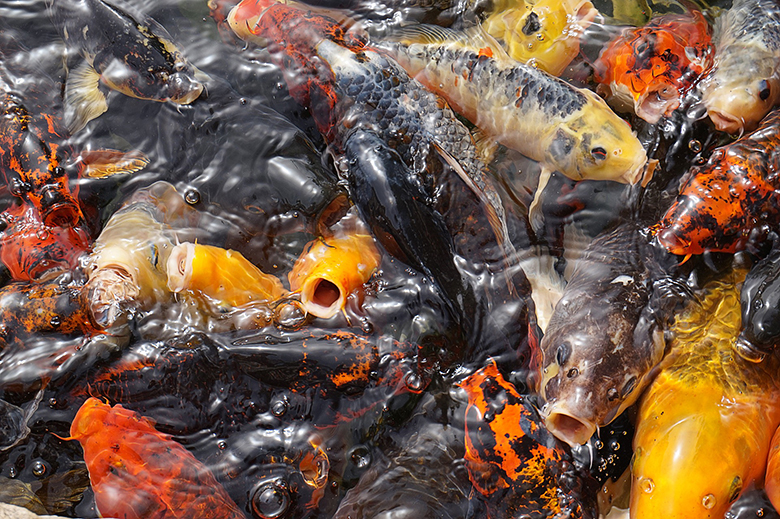Euromoney’s latest quarterly country risk survey shows China’s total risk score slipping, adding to a longer-term deteriorating trend.
Down one place this year in the global risk rankings, China is now 43rd out of 186 countries, sandwiched between Italy and Peru, both of which have lower (triple-B) investment grade credit ratings from Fitch and Standard & Poor’s.
Compared with Brics and Mint, China is still safer than India (53rd) and Brazil (54th), with South Africa, Russia, Indonesia, Turkey and Nigeria all further down the scale, but riskier than Mexico in 38th place.
China also has contrasting risk metrics with many of Asia’s rapidly expanding emerging markets, such as Indonesia and the Philippines on improving long-term risk trends.
And its credit ratings (Fitch A+, Moody’s A1, Standard & Poor’s A+) should perhaps be a little lower.
Taking a tumble
China’s fortunes have taken a tumble as worries about hidden debts, slowing growth and financial volatility have added to political factors including corruption, transparency, institutions and policymaking.
There are also problematic labour relations and difficulties managing the transition to a consumer-led economy as targets for growth create an in-built bias for more investment projects.
The ticking time bomb of China’s demographics is also outweighing the positive impact of reforms, the latest of which are new measures to open up the financial markets and financial services sector to foreign investors.
And yet the more immediate problem is coping with tariffs, not least in the light of Donald Trump’s market-moving tweets reprimanding Chinese negotiators ahead of the latest, rather brief, round of talks in Shanghai.
Stimulus measures seem to be helping, according to the June figures for GDP, industrial production, retail sales and fixed asset investment.
In real terms, annual GDP growth slowed to 6.2% in April-June from 6.4% in January-March, with the quarterly growth rate accelerating to 1.6% from 1.5%.
The authorities need to strike a balance between sustaining decent growth on the one hand and preventing fast debt accumulation on the other
– Le Xia, BBVA Research
Industrial production rebounded to 6.3% year on year in June from 5.0% in May, retail sales growth accelerated to 9.8% from 8.6%, and fixed investment also recovered, leaving inflation as the bigger concern, exaggerated by African swine fever causing a spike in pork prices.
Yet, it is still too early to declare the worst is over, writes Le Xia, chief economist for Asia at BBVA Research, who says these positive headline growth figures were boosted by one-off factors.
“China will implement a new standard for vehicle emissions, effective from July 1,” he says. “Therefore, automakers tried all means to reduce their inventory of cars in June that were not up to the new standard.
“We expect auto sales to drop back to a sluggish level in the coming months after the implementation of the new standard for vehicle emissions.”
Risk indicators
Compared with a year ago, all of China’s economic risk indicators have been downgraded by analysts contributing to Euromoney’s survey.
The official manufacturing purchasing managers’ index (PMI) stayed below 50 in July, at 49.6, rising only slightly from 49.4 in June, with the non-manufacturing PMI still indicating expansion, but sliding to 53.7 from 54.2.
Le Xia also notes the fact central government has used up its increased quota of special bond issuance to boost infrastructure investment in the first half of the year.
This means that “local governments need to find new fund sources to support their infrastructure investment in the second half of the year since the central government is unlikely to expand the quota within this year”.
On top of these issues, China is still facing difficulties with the US accusing it of not purchasing US agricultural goods, while still providing state subsidies and violating intellectual property rights.
Another round of talks is planned for September, but reaching an agreement is complicated by the US elections towards the end of next year, with the possibility of further escalation dampening investor confidence.
“This downward trend in manufacturing will continue in 2019 until the trade and technology negotiations make some progress,” says Iris Pang at ING, a view echoed by many of Euromoney’s contributing risk experts.
BBVA’s Xia, meanwhile, believes Chinese authorities will not now pursue stimulus measures as vigorously, as the growing debt level has become a concern.
Citing figures from the Bank for International Settlements (BIS), he says: “China’s total debt level amounted to 254% of its GDP as of the end of 2018. The majority of China’s debt belongs to the corporate sector.
“If the debt level continues to grow, it will pose very serious threats to the stability of China’s financial sector.”
Liquidity and solvency issues are already dogging some of China’s smaller banks predominantly lending to small and medium-sized enterprises (SMEs), with the sector facing contagion issues after the bailout of Baoshang Bank and Bank of Jinzhou by the People’s Bank of China (central bank).
“The authorities need to strike a balance between sustaining decent growth on the one hand and preventing fast debt accumulation on the other,” says Xia.
However, the question for investors is whether it can achieve this aim.
What Euromoney’s survey shows is that the risk of not doing so has perceptibly increased.
NOTE: Do you want to trade at forex professionally? trade with the help of our forex robots developed by our programmers.
Signal2forex reviews


 Signal2forex.com - Best Forex robots and signals
Signal2forex.com - Best Forex robots and signals




